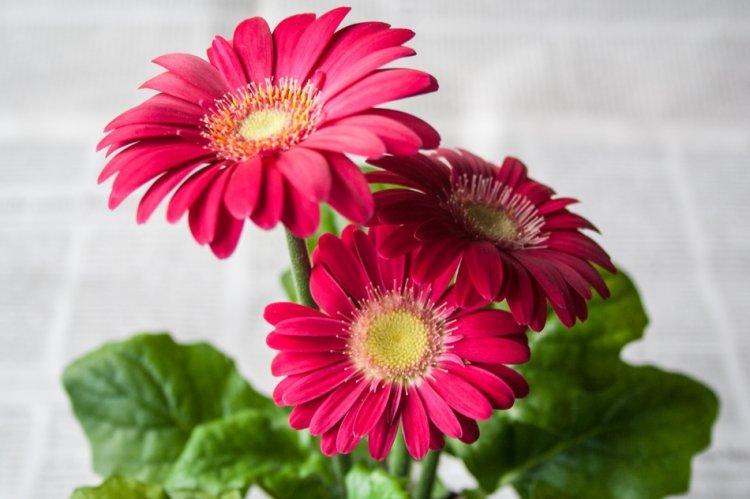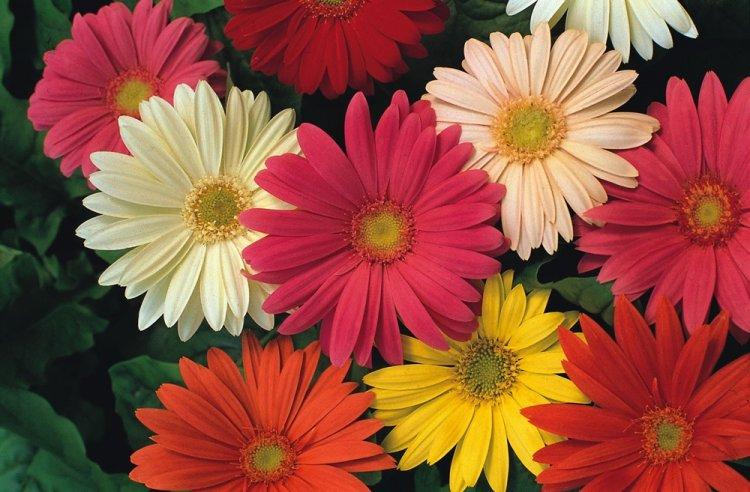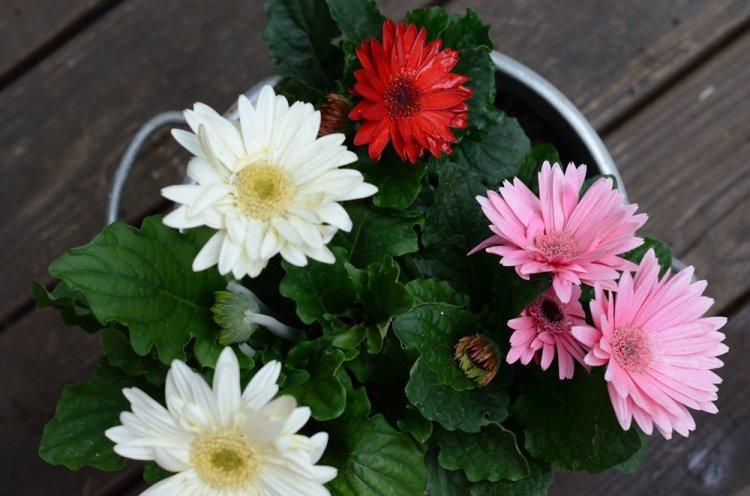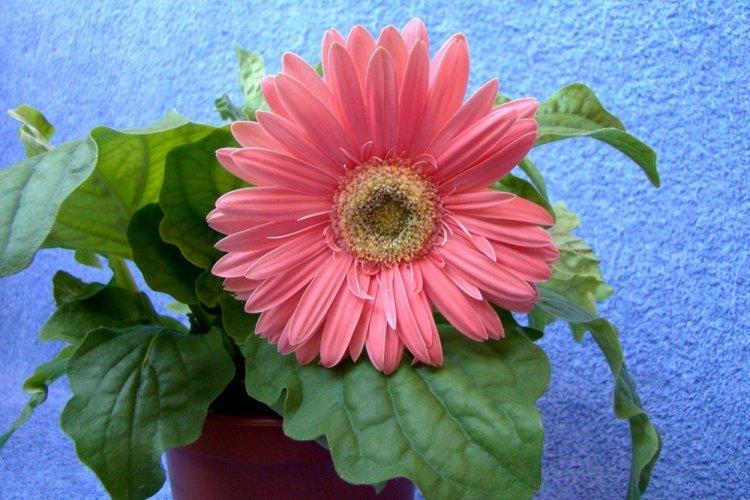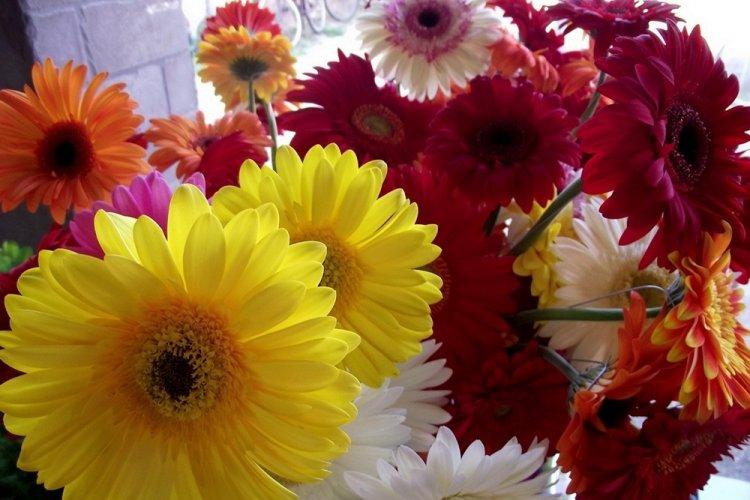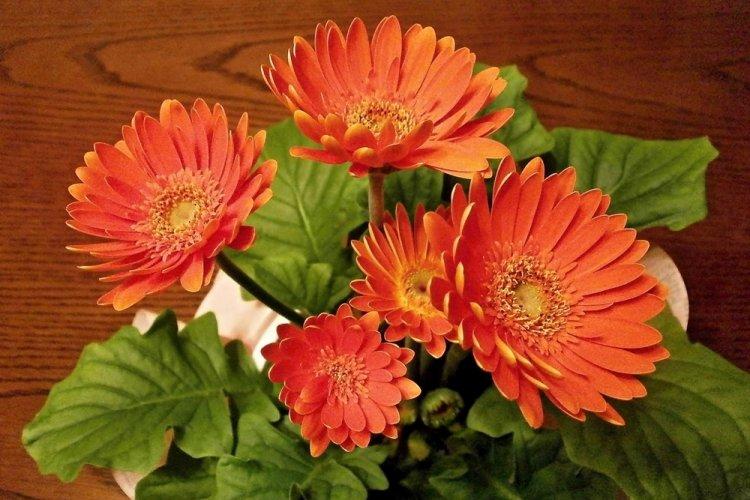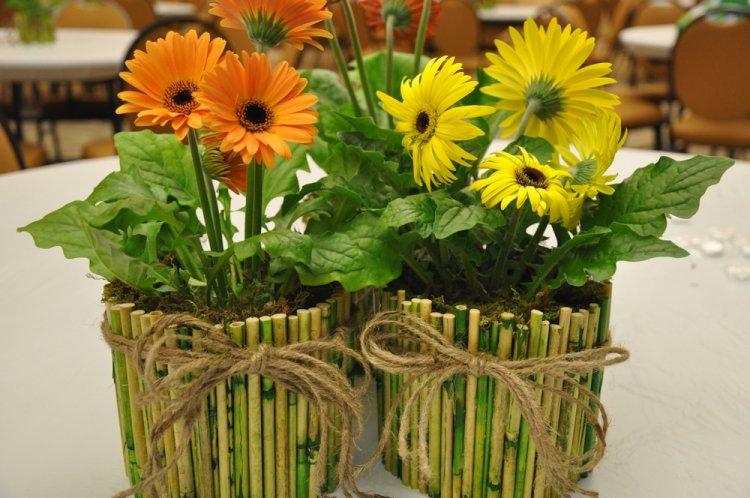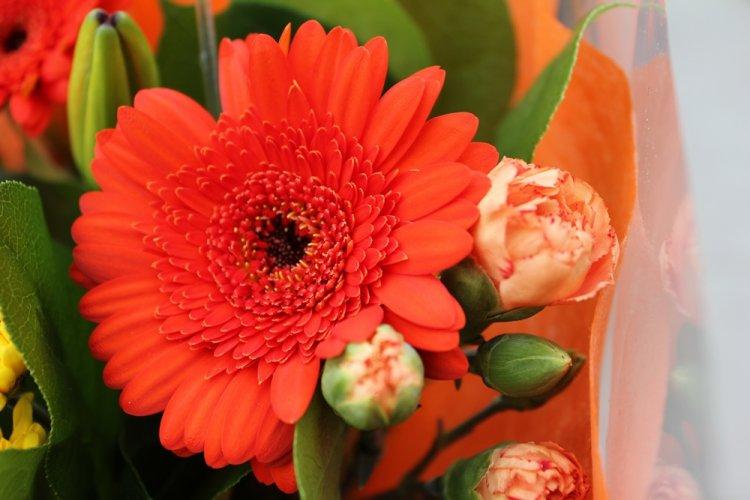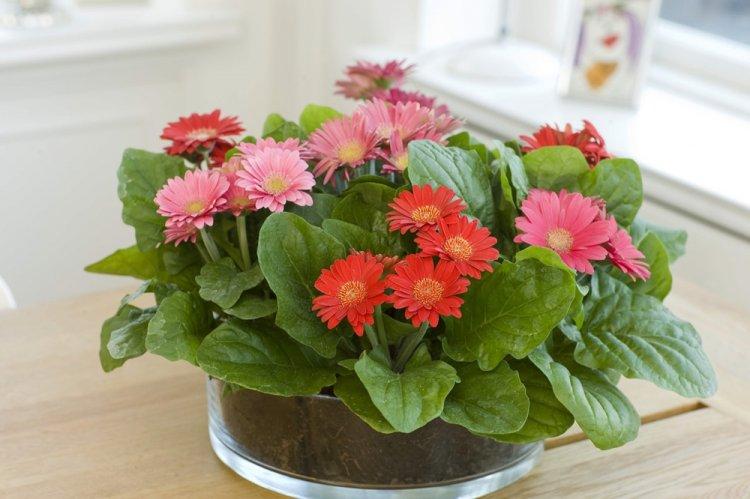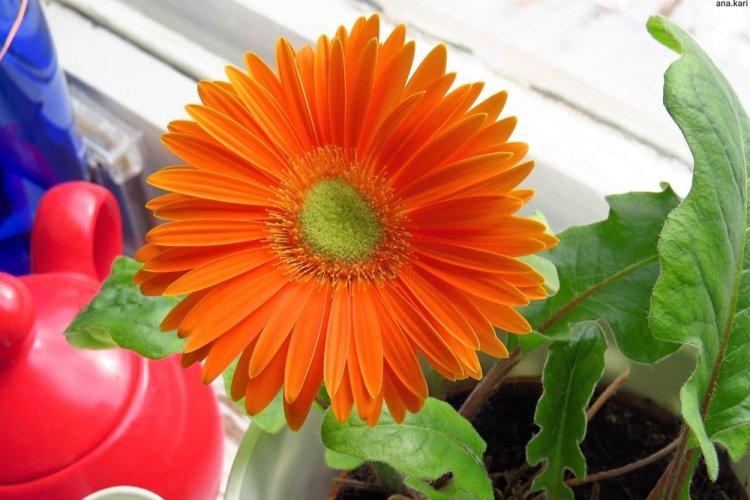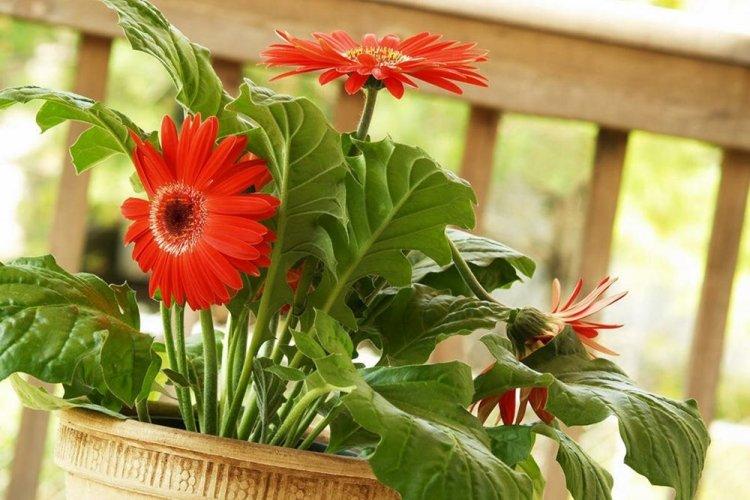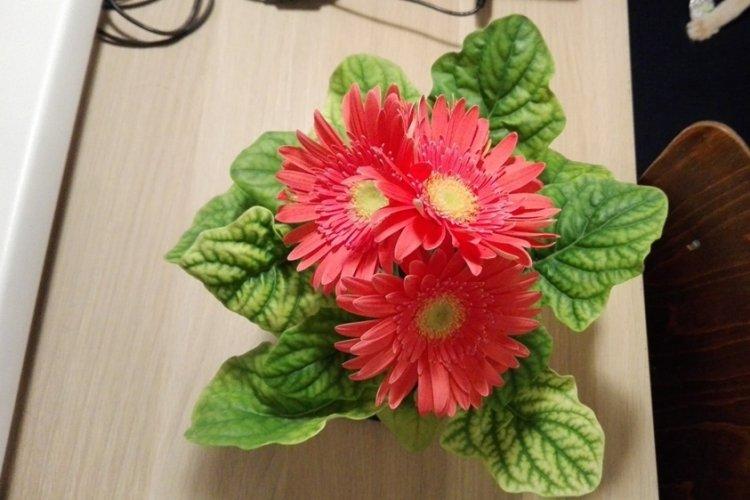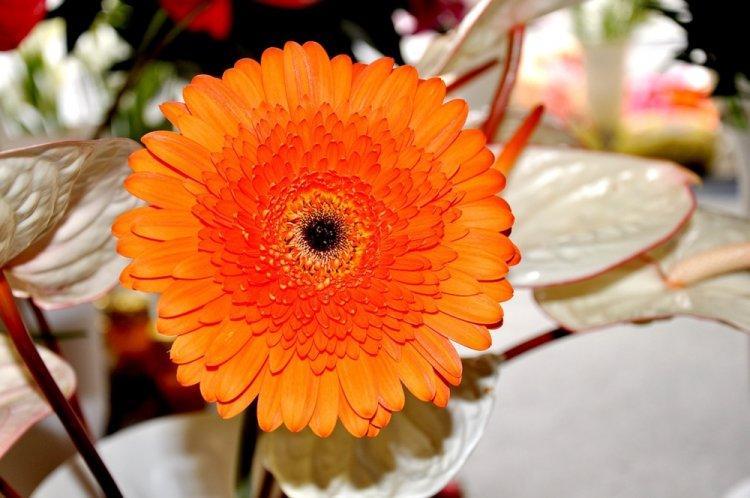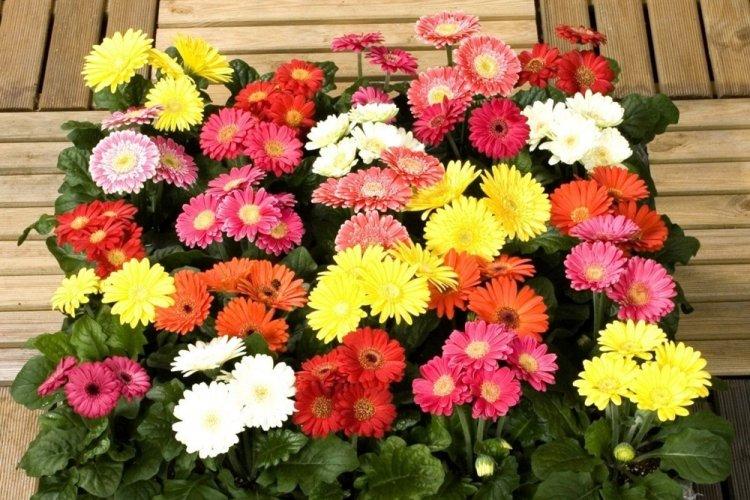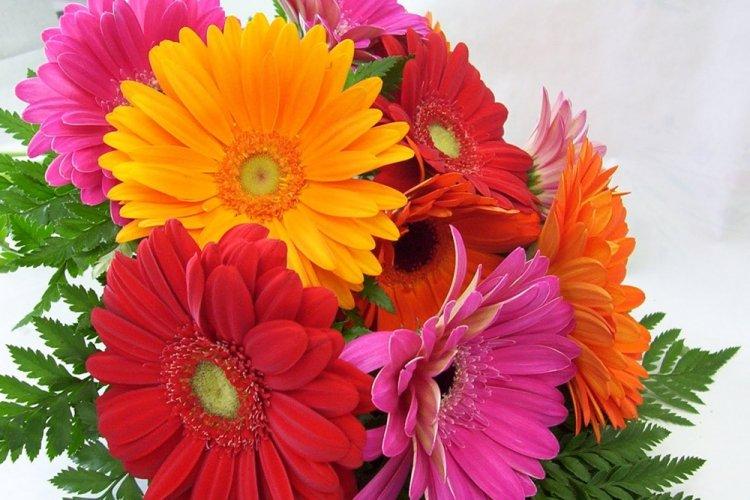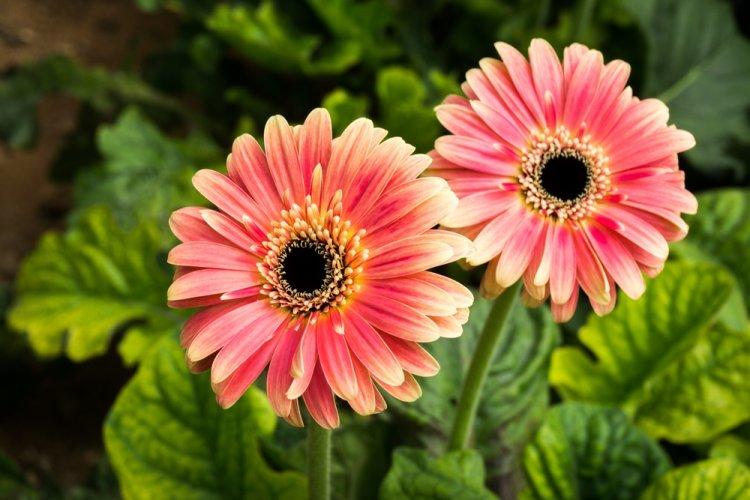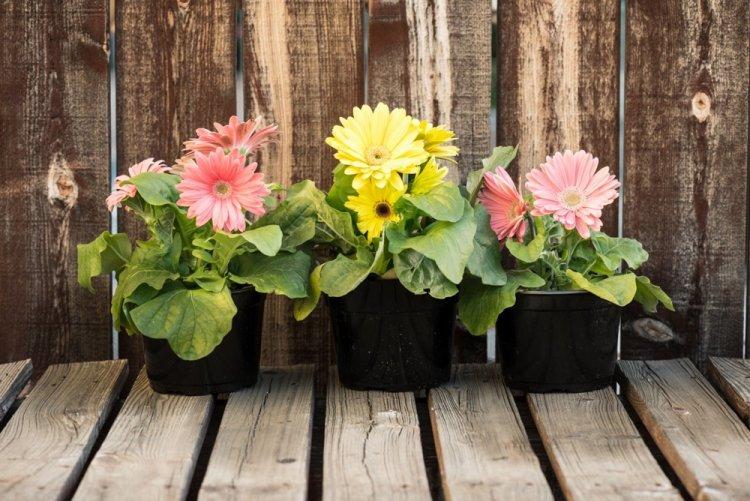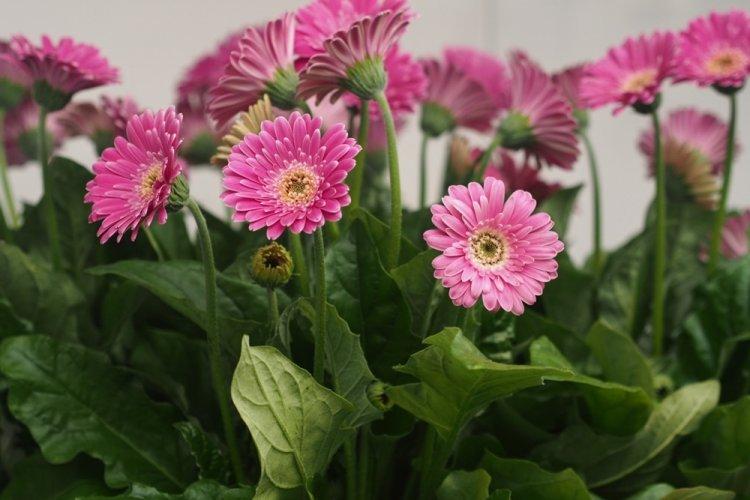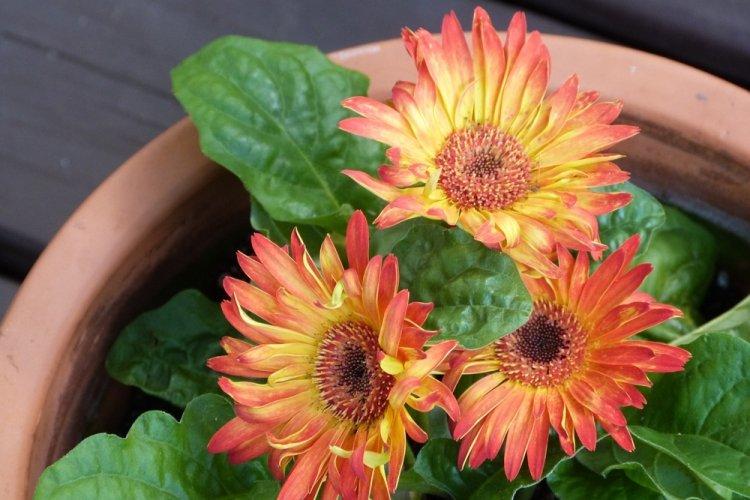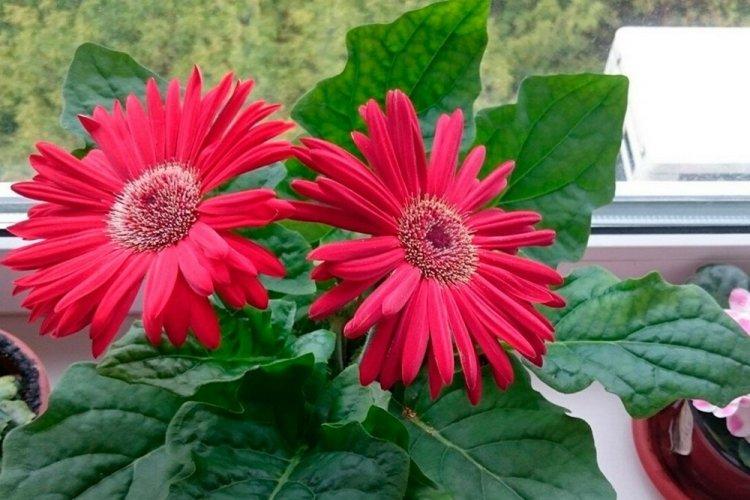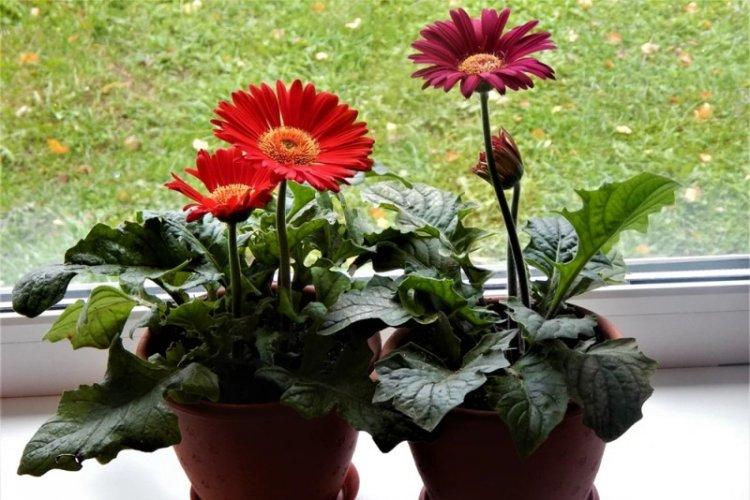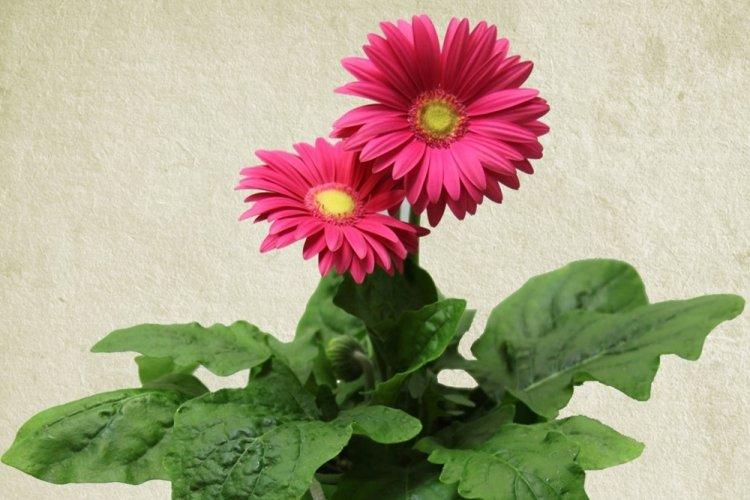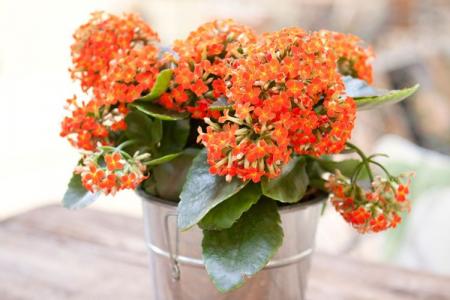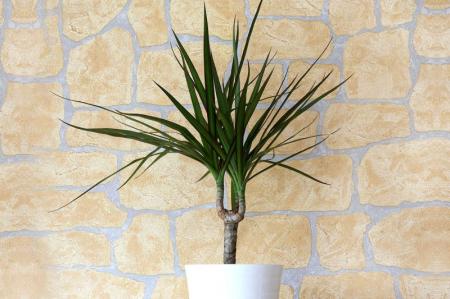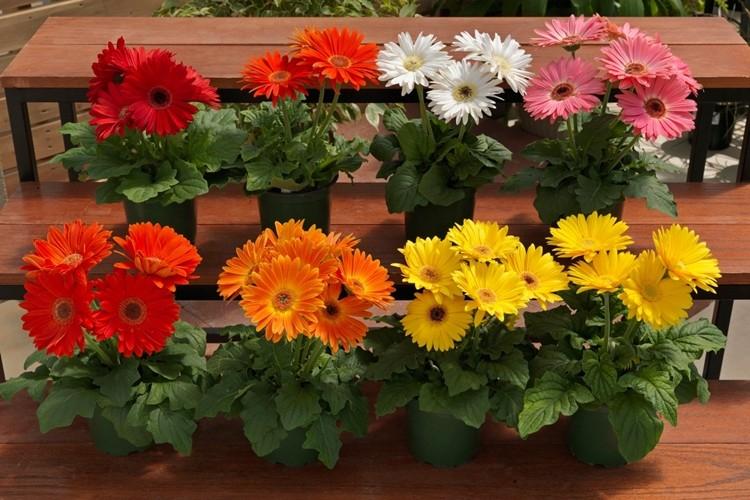
The queen of school bouquets, bright and colorful gerbera looks much better in a pot on a windowsill than in cellophane. All autumn, it will delight with lush flowering and will not cause serious inconvenience in care. Different varieties differ in size and color shades - you can collect a real rainbow! Let's tell you more!
general information
Gerbera is a perennial plant that you will probably recognize by its long stem with a large, bright flower. A rosette of leaves diverges to the sides at the very ground, and the peduncle extends upwards by 60 cm. The inflorescences-baskets reach 15 cm in diameter, for which they are very much appreciated by flower growers and florists.
Although gerbera is common in all our flower shops and markets, it is actually an exotic guest. In nature, it grows in Africa, in tropical and subtropical latitudes. Despite this, the flower has taken root well with us.
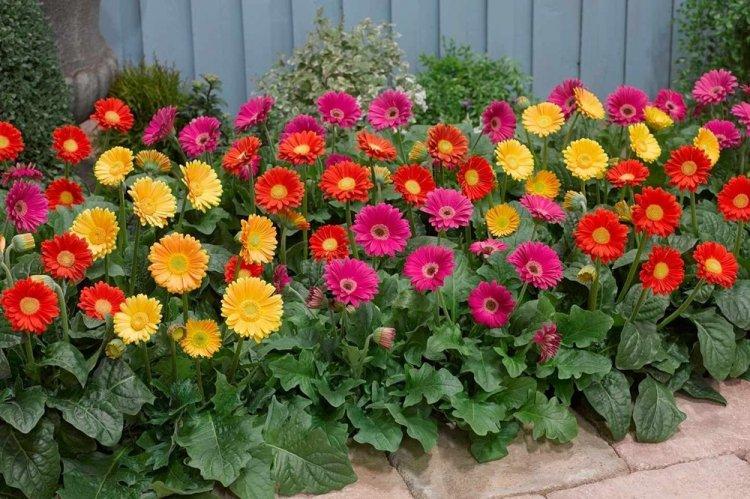
Gerbera species
There are about 70 species of gerberas, and breeders are constantly working on new varieties and colors. There are even unusual species with semi-double inflorescences. Most of them are cultivated in the garden, but the gerbera also feels good in apartments.
Gerbera Jameson
It is this variety that is most often grown at home on windowsills all over the world. From him came the rest of the species, which are now actively cultivated. It is distinguished by a thick stem, a raised leafy rosette and long leaves with a slight edge.
Jameson's gerbera flowers resemble a very large chamomile. The most common colors are red, yellow or white, but in general there are about 30 of them. In fact, a 10-centimeter flower is an inflorescence-basket of small reed and tubular flowers in several rows.
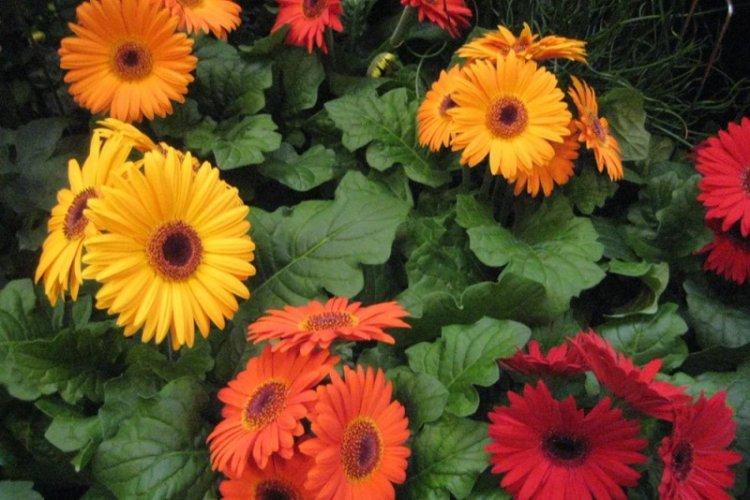
Gerbera Aldebaran
This is a very beautiful and compact decorative gerbera, which is often grown in the garden. It belongs to small-flowered varieties with narrow-petaled inflorescences. This is a mini-gerbera with a diameter of 5-10 cm and a stem height of up to 40-45 cm.
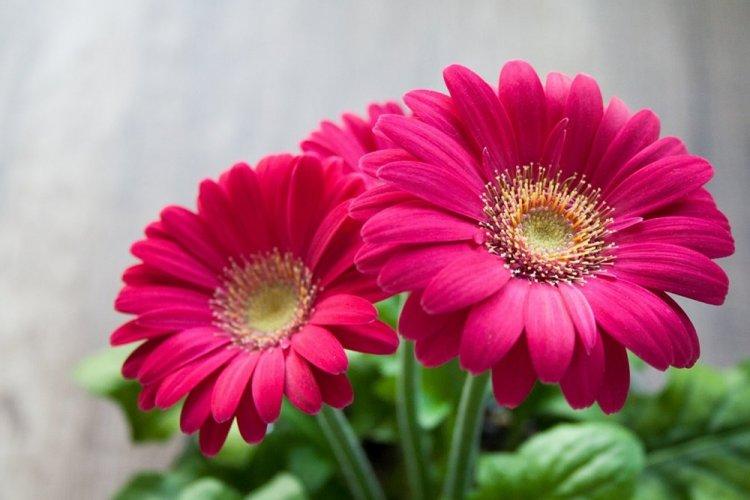
Gerbera Hollywood
Large broad-leaved inflorescences up to 15 cm in size. This is a large standard gerbera on a high peduncle, which will effectively complement any flower bed. Baskets of rich pink color with an orange-greenish center look especially good.
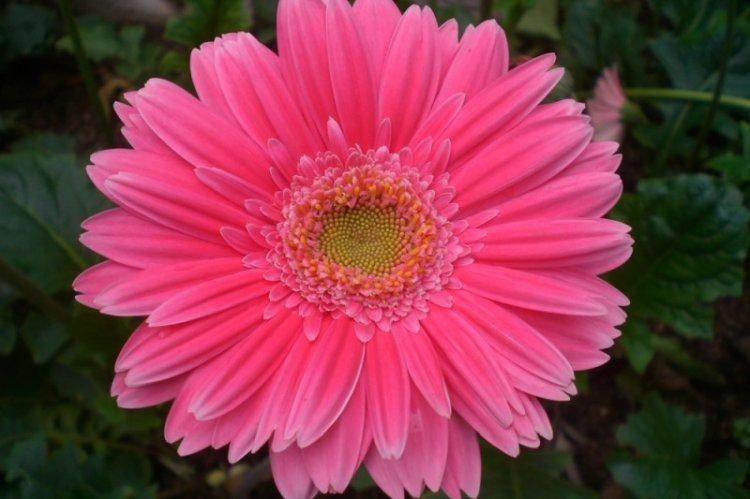
Gerbera Vega
Another large-flowered variety will complement your outdoor seedlings and decorate them with bright orange-yellow flowers. Gerbera Vega originated in America and is widely used for decorative purposes. On peduncles up to 70 cm high, large orange-yellow baskets bloom up to 10-13 cm in diameter.
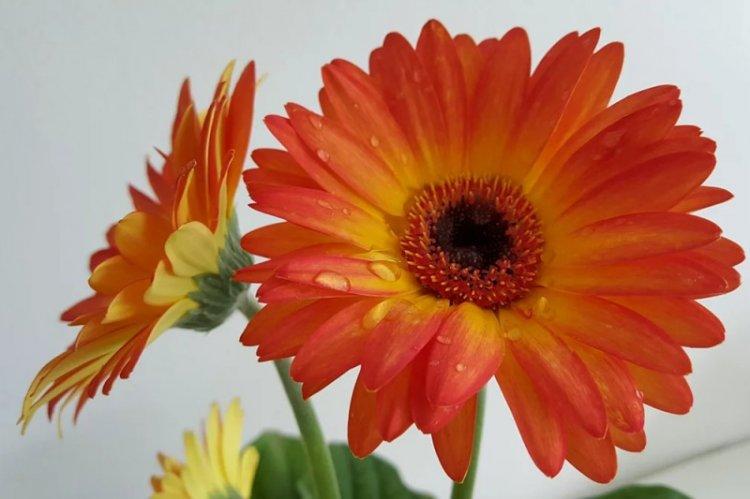
Gerbera Viola
Gerbera Viola is interesting for its beautiful semi-double or double inflorescences. It is a medium-sized narrow-leafed variety. The peduncle stretches up to 40-50 cm, and the diameter of the baskets reaches 10-11 cm.
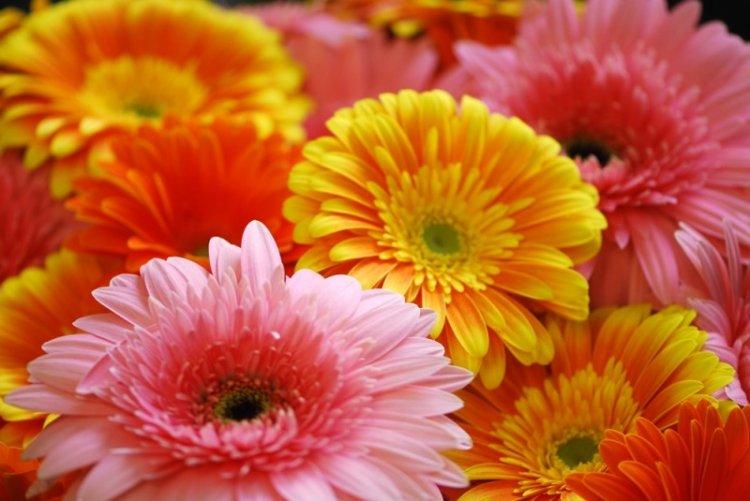
Gerbera Mars
Mars is a spectacular variety of bright rich red color, for which it is dearly loved by florists. This is a tall and large gerbera from 65 cm and above with large inflorescences of 11-13 cm. It is very bright, sunny and truly summer-autumnal.
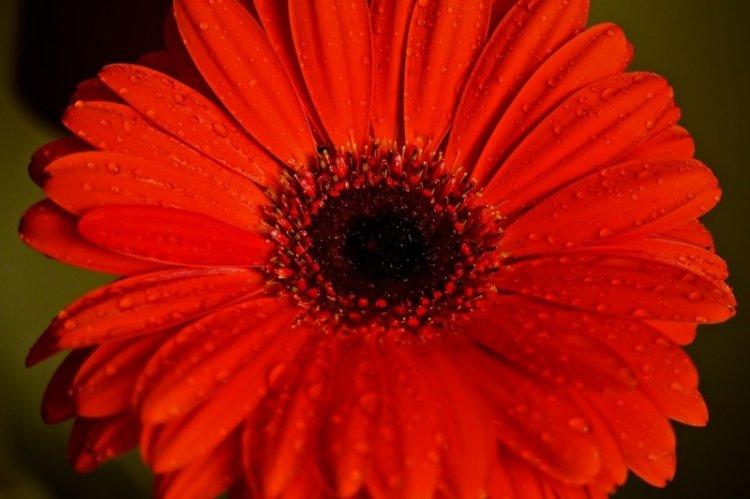
Gerbera care
Gerbera is rather unpretentious in everyday conditions, but she needs a lot of light and a comfortable temperature regime. And be sure to regularly monitor the humidity and its effect on the flower. Otherwise, if conditions are right, gerbera is not a problem.
Temperature
Ideal conditions during the active season are about 20-24 degrees Celsius. In winter, when the flower is resting at rest, it is enough to maintain 12-14 degrees. But make sure that the thermometer does not fall down, and avoid sudden changes from day to night. Otherwise, beautiful large basket flowers will lose their shape and decorative properties.

Lighting
Gerbera needs a lot of bright, but diffused light, and so much so that during the season of active growth it often needs to be supplemented with lamps. In summer, be sure to shade the bush if it grows on the south side.The amount of light during the day directly affects the flowering and decorative properties of the gerbera.
You can take the flowerpots out into the street, but slowly accustom them to the new conditions, gradually prolonging the period of the "walk". If you plan to seriously engage in breeding, get a fluorescent lamp in advance by the fall.
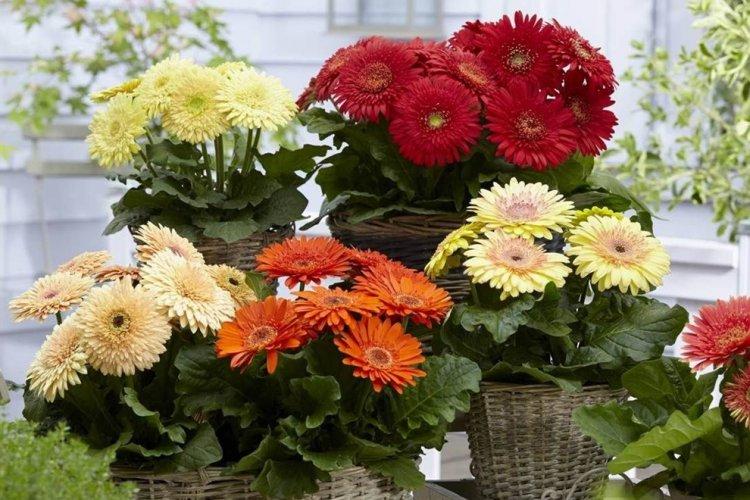
Watering
Gerbera is watered with strictly warm water at moderate intervals. A visitor from drought-prone regions is not used to a lot of moisture. Moisten the substrate when it is completely dry on top, but do not flood the stem and leaves.
You can not spray the rosette and gerbera petals, because from this it rots. To ensure high humidity, place a bowl of water next to it, or fill the tray with moistened expanded clay. In winter, this is not necessary, as well as regular watering - just make sure that the earth does not dry out completely.
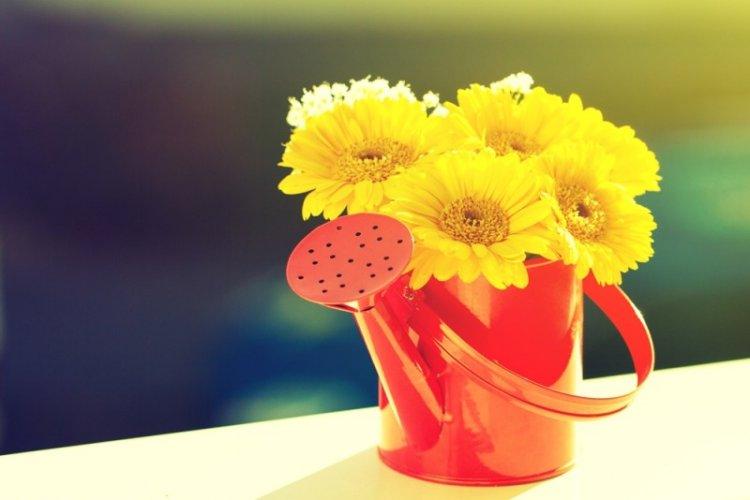
The soil
Gerbera root must breathe, so the soil is needed first of all loose. At the same time, thanks to this, water will not stagnate, due to which the root and the beginning of the stem rot. Take a mixture for any Asteraceae or combine leafy soil, sand and peat in the same amount.
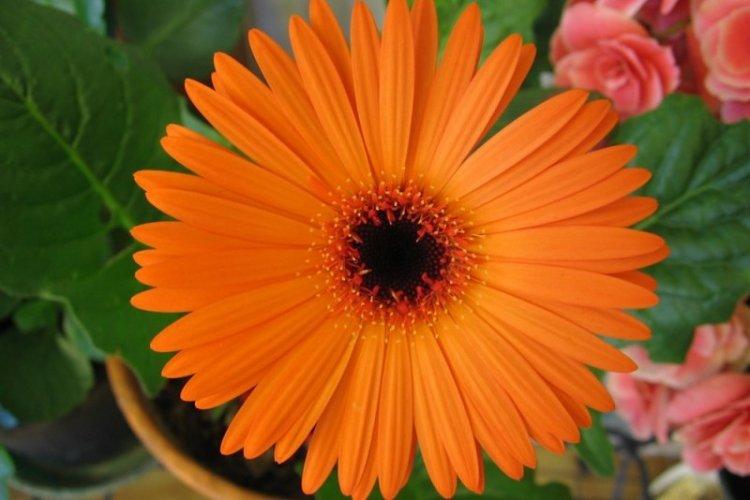
Fertilizers and feeding
Gerber needs to be fed only when it grows intensively and is about to bloom. As in the case of the soil, ready-made mineral mixtures for flowers are suitable, but periodically add magnesium sulfate. Be sure to add phosphorus during a cold snap or short-term frost.
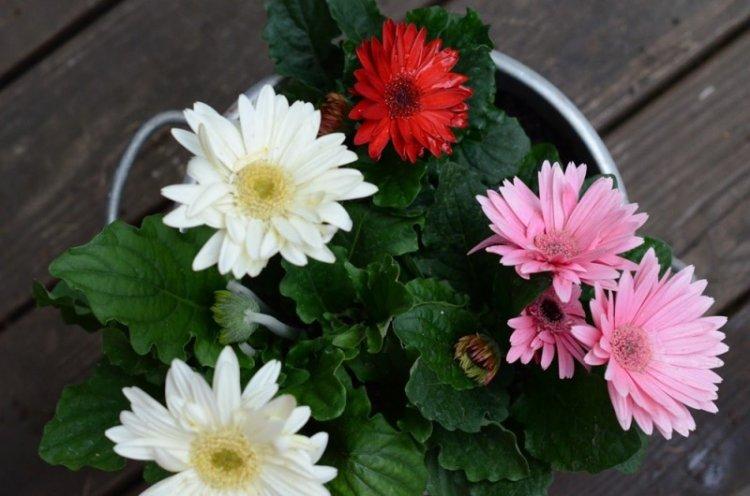
Transplant and reproduction
There is no need to constantly replant gerbera, so carry out the procedure only as it grows and is necessary. You need a very high-quality drainage so that all excess water goes through it. You can not immerse a deciduous outlet in the ground - no earth should get on it at all.
Gerbera is germinated from seeds, but then you need fertile soil with turf and humus. Saplings dive when they have the first 2-3 full-fledged leaves, and then again - to 5-6 leaves. For the second pick, you can already take separate pots.
It is most convenient to propagate a gerbera by dividing, especially if it is an ornamental variety. Only in this way all the characteristics of the parent plant are fully preserved. Choose a large bush from the age of three years, divide it in the spring and so that several shoots diverge from each share.
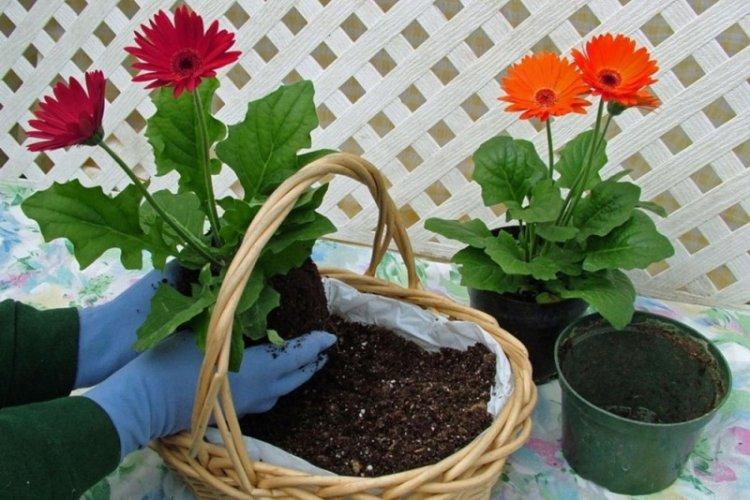
Pest and disease control
The main pests for gerbera are the same as for other flowering plants. Modern insecticides do an excellent job with aphids, scale insects, ticks and whiteflies. At home, there are almost no such problems, especially if the substrate is well disinfected before planting in the oven or potassium permanganate.
If the leaves fade and seem to fade, it is most likely due to too intense lighting. Try to keep the gerbera out of direct sunlight. The second reason for the pallor and painful appearance of a flower is the period of adaptation, if it was just bought or transported to a new place.
If the bush deteriorates and begins to rot obviously, this is an excess of moisture or poor soil ventilation. The problem is that when the symptoms are already clearly visible, it is almost impossible to save the flower. Be sure to inspect your gerbera regularly, reduce watering in winter, and don't use too cold water.
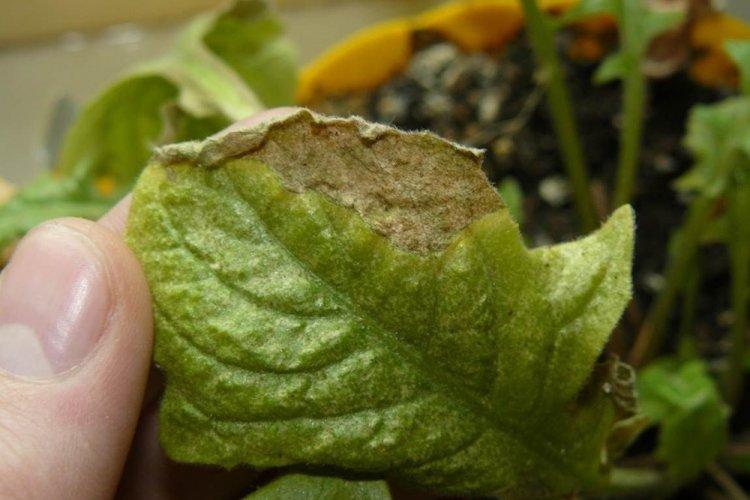
Gerbera - photo
The beauty and showiness of gerbera is not a myth, but an actual reality! Rate on the photo how different and colorful it can be!
